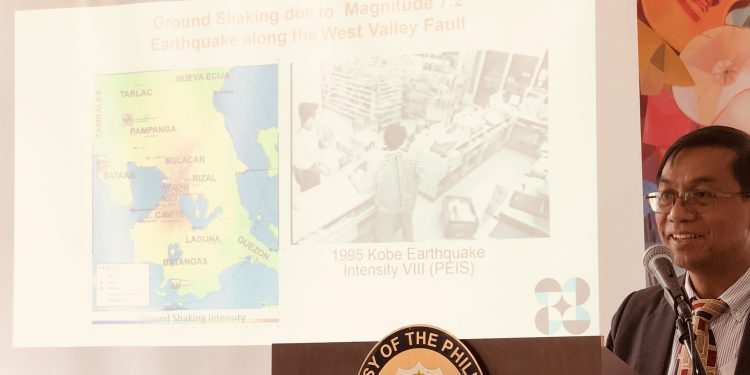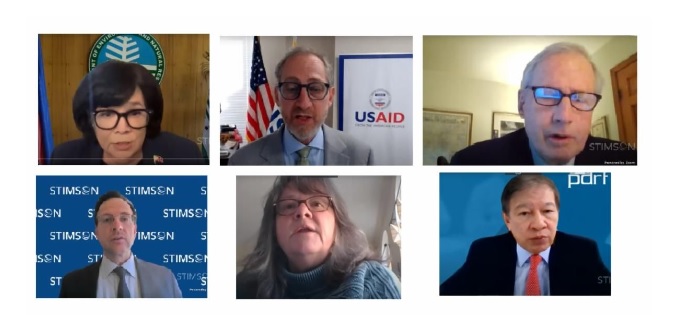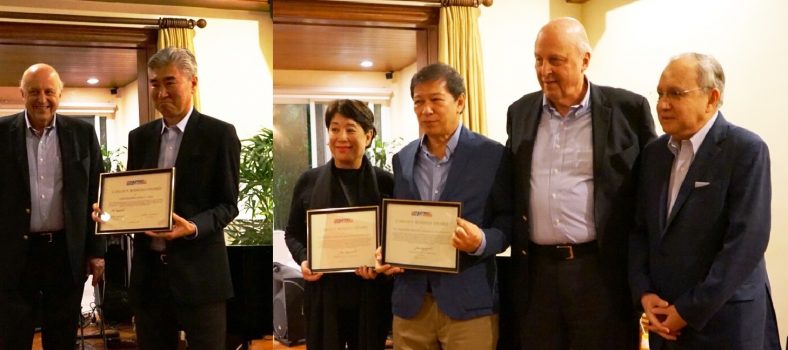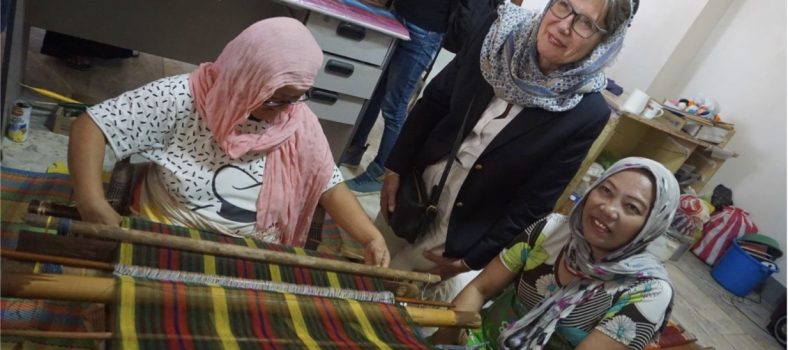Science, Technology and Innovation in Disaster Risk Reduction and Resilience-Building in the Philippines
Washington, D.C. – At a lecture presentation, Dr. Renato Solidum, Undersecretary of the Department of Science and Technology (DOST) for Disaster Risk Reduction and Climate Change Adaptation, presented the national government’s contingency plan that harnesses collaborative, science-based and innovative initiatives to enhance Philippine resilience to disasters. Representatives from USAID, the World Bank, World Resource Institute and members of the Filipino American community attended this timely topic held on May 21, 2018 at the Philippine Chancery Annex Building in Washington, D.C.
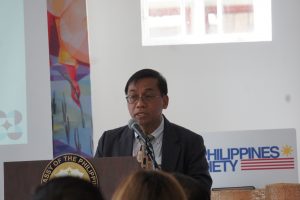
Undersecretary for Disaster Risk Reduction and Climate Change Adaptation Dr. Renato Solidum
“The Philippines is a country exposed to various natural hazards and climate change. We need to live safely with these natural perils. Through science, technology and innovation, we at the DOST strive to monitor and forecast, assess the hazard and risk, communicate the risk, and provide technology solutions to reduce disaster risks and mitigate and adapt to climate change. We also have much to share to others – the knowledge and experience to make communities disaster and climate resilient,” Dr. Solidum said.
Due to its geological location on the Pacific typhoon belt and ring of fire, the Philippines is vulnerable to typhoons, earthquakes, and tsunamis that can cause loss of lives and property damage. He emphasized the importance of monitoring & forecasting; hazard & risk assessment; risk communication; and appropriate response during & after disasters, as key action points for Philippine policy and practice with respect to disaster risk reduction and management.
In collaboration with the academe, private sector, and the community, the government developed a contingency plan that includes 100 earthquake monitoring systems, tsunami detection tools, fault finding maps and web-based and mobile application, satellite radar for weather forecasting and real-time monitoring. Noting the economic and security impact to densely-populated areas, government agencies have taken multifaceted risks assessments of Metro Manila. Dr. Solidum outlined the steps to ensure the safety of 25.8 million people in the greater Metro Manila area; building resilient infrastructure; preserving continuity in government, business & critical public services; ensuring financial resiliency; and safeguarding post-disaster national security.
Leading the private sector preparedness and disaster management, the Philippine Disaster Resilience Foundation (PDRF) opened the world’s first private-run national emergency operations center (EOC) on April 4, 2018 in Clark, Pampanga, a designated recovery site by the government. The new EOC aims to complement government efforts in all aspects of response and early recovery. It acts as a self-sufficient operations hub geared towards training for disaster preparedness and the coordination of relief and response efforts during major disasters.
Hank Hendrickson, Executive Director of the US-Philippines Society, which co-sponsored the forum said, “Dr. Solidum’s presentation on resilience and natural disaster response underlined the importance of modern technologies and global cooperation, including with the United States. He specifically acknowledged the critical role of Philippines-U.S. civilian and military disaster response planning in meeting humanitarian needs.”
“I am pleased that Dr. Solidum and Dr. Pacheco were able to share the initiatives, policies, and experience of the Philippines in disaster risk reduction and management. Disaster preparedness and cooperation are key areas in our cooperative work with the World Bank; and these are vital aspects of our bilateral relationship with the United States, whether in the political, military, economic or people-to-people arenas,” Philippine Ambassador to the United States Jose Manuel G. Romualdez also said in a statement.
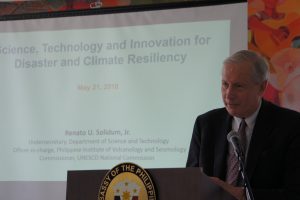
US-Philippines Society Executive Director Hank Hendrickson
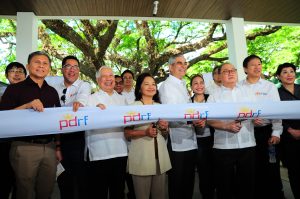
Pampanga Representative Gloria Macapagal Arroyo, US-Philippines Society Co-chair Manuel V. Pangilinan and Director Jaime Augusto Zobel de Ayala led the opening ceremony of the Emergency Operations Center, April 4, 2018. Photo credit: PDRF
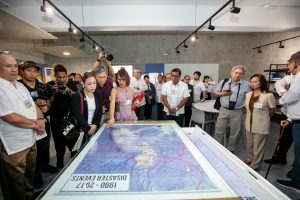
PDRF Command Center, Emergency Operations Center, Pampanga. April 4, 2018. Photo credit: Ayala Corporation

